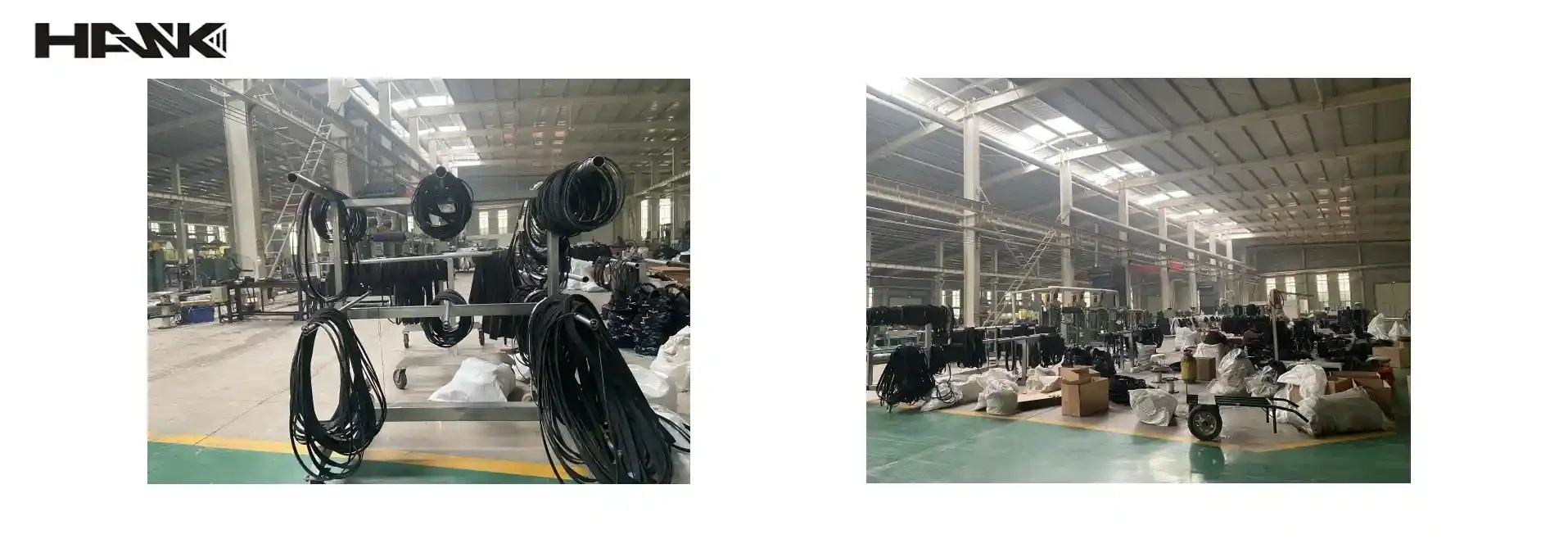- Arabic
- French
- Russian
- Spanish
- Portuguese
- Turkish
- Armenian
- English
- Albanian
- Amharic
- Azerbaijani
- Basque
- Belarusian
- Bengali
- Bosnian
- Bulgarian
- Catalan
- Cebuano
- Corsican
- Croatian
- Czech
- Danish
- Dutch
- Afrikaans
- Esperanto
- Estonian
- Finnish
- Frisian
- Galician
- Georgian
- German
- Greek
- Gujarati
- Haitian Creole
- hausa
- hawaiian
- Hebrew
- Hindi
- Miao
- Hungarian
- Icelandic
- igbo
- Indonesian
- irish
- Italian
- Japanese
- Javanese
- Kannada
- kazakh
- Khmer
- Rwandese
- Korean
- Kurdish
- Kyrgyz
- Lao
- Latin
- Latvian
- Lithuanian
- Luxembourgish
- Macedonian
- Malgashi
- Malay
- Malayalam
- Maltese
- Maori
- Marathi
- Mongolian
- Myanmar
- Nepali
- Norwegian
- Norwegian
- Occitan
- Pashto
- Persian
- Polish
- Punjabi
- Romanian
- Samoan
- Scottish Gaelic
- Serbian
- Sesotho
- Shona
- Sindhi
- Sinhala
- Slovak
- Slovenian
- Somali
- Sundanese
- Swahili
- Swedish
- Tagalog
- Tajik
- Tamil
- Tatar
- Telugu
- Thai
- Turkmen
- Ukrainian
- Urdu
- Uighur
- Uzbek
- Vietnamese
- Welsh
- Bantu
- Yiddish
- Yoruba
- Zulu
নভে. . 30, 2024 05:01 Back to list
Variations in Sizes for Variable Speed Belts Used in Machinery
Understanding Variable Speed Belt Sizes A Comprehensive Guide
In today's industrial landscape, efficiency and adaptability are paramount, particularly when it comes to mechanical systems. One of the critical components that can significantly influence the performance of machinery is the variable speed belt. Understanding the sizes and specifications of these belts is essential for optimizing operational efficiency and ensuring the longevity of equipment.
What is a Variable Speed Belt?
A variable speed belt is designed to transmit power while allowing for changes in speed and torque. Unlike traditional fixed-speed belts, variable speed belts can adjust to different requirements of machinery, making them highly versatile for various applications. These belts are commonly used in conveyors, industrial machinery, and automotive systems where precise speed control is essential.
Importance of Belt Sizes
When selecting a variable speed belt, size is a critical factor that significantly impacts performance. The size of a belt is usually determined by its length, width, and thickness, as well as its specific profile. Using the correct size is vital for several reasons
1. Efficiency A well-fitting belt maximizes power transmission efficiency. If a belt is too loose, it can slip, resulting in energy loss. Conversely, a belt that is too tight can lead to increased wear and tear on both the belt and the pulleys, potentially causing system failure.
2. Durability Proper sizing helps to minimize wear. Belts that fit correctly will have a longer lifespan, reducing the frequency of replacements and the overall cost of maintenance.
3. Performance The right belt size aids in achieving optimal performance. It ensures that machinery operates within its designed parameters, leading to improved productivity and reduced downtime.
variable speed belt sizes

Selecting the Right Belt Size
Choosing the correct size for a variable speed belt involves several steps
1. Measure the Existing Belt If replacing an existing belt, measuring its length and width accurately is crucial. Use a flexible tape measure and record the measurements for future reference.
2. Check Specifications Refer to the equipment manufacturer’s specifications to find the recommended belt size. This information is typically found in the user manual or on the equipment's nameplate.
3. Consider Application Requirements Different applications may require specific belt features. For instance, high-temperature environments may necessitate belts made from specialized materials, while wet conditions might require treated belts to prevent slippage.
4. Consult with Experts If unsure about the right size, consulting with manufacturers or industry experts can provide valuable insights. They can recommend the most suitable options based on specific machinery requirements and operational goals.
Conclusion
In conclusion, understanding variable speed belt sizes is crucial for anyone involved in machinery maintenance and operation. Selecting the correct belt not only enhances efficiency and performance but also contributes to the overall longevity of the equipment. By taking the time to measure, review specifications, and consult experts, operators can ensure they choose the right variable speed belt, ultimately improving productivity and reducing operational costs. As industries continue to evolve, staying informed about mechanical components like variable speed belts will be vital for success in an increasingly competitive marketplace.
-
Korean Auto Parts Timing Belt 24312-37500 For Hyundai/Kia
NewsMar.07,2025
-
7PK2300 90916-T2024 RIBBED BELT POLY V BELT PK BELT
NewsMar.07,2025
-
Chinese Auto Belt Factory 310-2M-22 For BMW/Mercedes-Benz
NewsMar.07,2025
-
Chinese Auto Belt Factory 310-2M-22 For BMW/Mercedes-Benz
NewsMar.07,2025
-
90916-02660 PK Belt 6PK1680 For Toyota
NewsMar.07,2025
-
drive belt serpentine belt
NewsMar.07,2025

